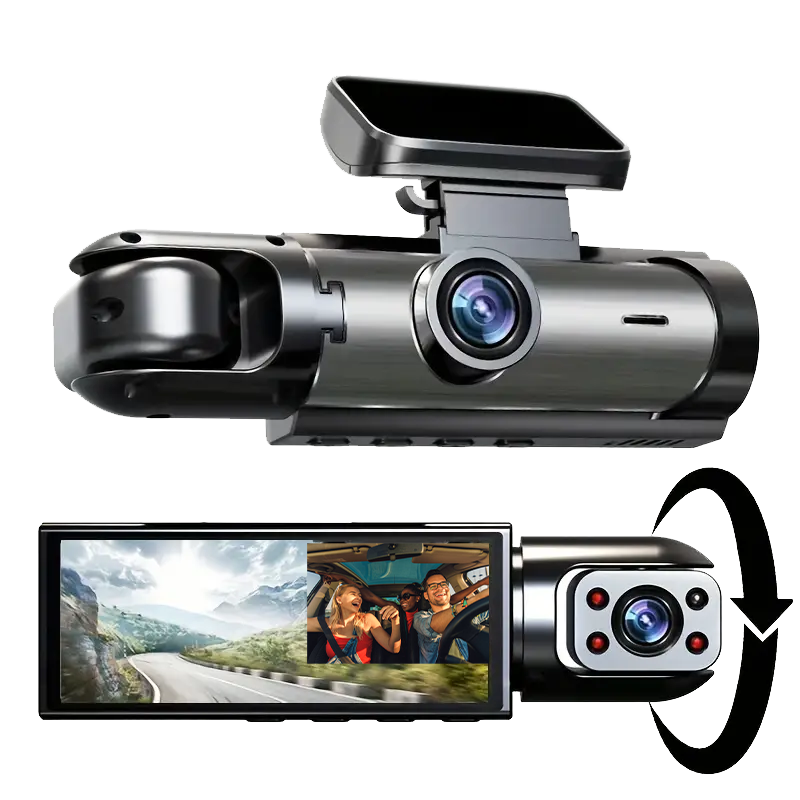
Crocker Motorcycles V Twin Big Tank 1942

This 1942 ‘big tank’ Crocker was restored by Richard Morris, who spins this tale: “In 1980, Bob McCloud needed $5K for an operation, and sold me Herb Fagan’s old Crocker.
It was remarkably complete, barring an ugly glass pack muffler from a hotrod. It was gold and green metalflake, a real barfmobile, with a Vard fork, which I put on my Chief. Willie Chambers replicated a Crocker fork, copying Dennis Young’s bike – you can only tell the difference by Willie’s excellent welding job! For this bike, we also made the air cleaner, headers, and exhaust. Given its age and life of hard use, this is a remarkably original bike. It’s currently bored to 70 cu-in. – we had to overbore it as there was a deep gouge in the front cylinder. This 70-inch job is much faster than my stock 62-inch Crocker. I built the toolboxes from Ernie Skelton’s blueprints; he had about 50 pages of prints on brown paper, plus tuning notes from Bixby on gum wrappers etc., and this toolbox drawn in January 1942 and signed by Al Crocker. I copied the drawings and built 35 ‘Crocker’ toolboxes, which seem to be on every Crocker now, although they were never produced. It’s a fantastic machine, and really fast.”
The Crocker has roots in the early American motorcycle industry, but an accurate retelling is difficult, as ‘stories’ about Crockers are more common than facts. Al Crocker had an engineering degree from Northwestern U, and began work with the Aurora Automatic Machine Co., who built engines for Indian before 1907 and sold copies as Thor, Thoroughbred, Racycle, etc. Crocker was a development engineer for Aurora as they evolved away from Oscar Hedstrom’s design after ’07; he was also a keen and successful racer of the Thor motorcycles he designed. He met Hedstrom and Hendee during his Thor tenure, and when his talents became apparent, they lured him to Indian, working under Paul Bigsby; their roles would be reversed 25 years later.
By 1919, Crocker had opened an Indian dealership in Denver and married Gertrude Jefford Hasha, widow of board track racer Eddie Hasha. Gertrude and Al had one son (Al Junior) in 1924, the year they were married, also the year he took over the Kansas City Indian dealer/distributor. By 1930 he had moved to Calfornia, and purchased the Freed Indian dealership at 1346 Venice Boulevard in Los Angeles. This address would become legendary as the home of Crocker motorcycles.
In 1931, Speedway was the most popular motorsport in the world, so Crocker built a speedway frame to accept a '101' Indian Scout engine. This proved satisfactory, and in 1932 Crocker built an OHV conversion for the Indian motor; the bolt-on cylinder and head echoed Indian factory racing practice of 1925-26. The first Crocker OHV conversions had a 500cc (30.50 cu-in.) capacity, which were faster and better-handling than the dominant speedway Rudge. A few of these Crocker OHV kits were apparently sold to the public.
In 1933, Crocker and Paul Bigsby developed a single-cylinder 500cc Speedway racer, much lighter than the Crocker OHV Indian V-twins. The Crocker Speedway racers first appeared on the Emeryville, California, speedway track on November 30, 1933, and won nine of 12 heats in one evening. With limited production facilities, only 31 Crocker Speedway models were sold. Crocker built a pair of OHC Speedway prototypes in 1936, to counter the 42 HP JAP Speedway motor, but it was clear the Crocker Speedway engine would need further development. Rather than continue with Speedway racing, Al Crocker turned his attention to the project which would hammer his name in stone; the big V-twin.
Designed during 1935, the Crocker big twin was intended as a durable and powerful, yet fast and nimble machine. Its 45-degree V-twin engine had hemispherical OHV cylinder heads and a nearly 'square' bore/stroke (3.25x3.62 inches – 62 cu-in.), with an incredibly robust three-speed gearbox, with its cast steel housing part of the frame. While Bigsby made the patterns, most castings were subcontracted, then machined in-house. The first models used HD valve gear, Indian timing gears and brake shoes, plus occasional HD or Indian headlamps and ancillaries. Crockers featured a pair of cast-aluminum fuel/oil tanks, holding 2.5 gallons initially (the 'Small Tank' models). Most ancillary parts were purchased from standard motorcycle industry suppliers like Autolite (electrics), Linkert (carbs), Messinger (saddles), Splitdorf (magnetos), and Kelsey Hayes (wheel rims).
Introduced in 1936, there was no 'standard' Crocker, every customer specified the state of tune and engine displacement; the cylinder barrels were cast with extra thick walls, and could be overbored to 100 cu-in. The 62 cu-in. Big Twin produced about 55-60 horsepower, which exceeded its competition by 40 percent or more. Al Crocker offered a money-back guarantee for any Crocker owner who was 'beaten' by a standard HD or Indian, as he had built the fastest production motorcycle in the U.S., with speeds over 110 MPH the norm. Harley-Davidson introduced its first OHV V-twin – the model EL 'Knucklehead' – six months after the Crocker, but it was 15 MPH slower.
The first 27 Crocker ‘Hemi’ twins had hemispherical combustion chambers and a lovely 'Crocker' embossed rocker arm housing. Crocker then redesigned the cylinder heads with parallel valves and enclosed springs. Crocker continually developed his cylinder heads, with two different 'Hemi' castings used, and four changes to the parallel-valve casting over its five-year run. The cast-aluminum fuel tanks were enlarged in 1938, making all earlier models 'Small Tanks,' and later models 'Big Tanks.' Crocker continued to develop his motorcycles through his limited production of perhaps 72 total V-twins, but by 1942, 'war work' restrictions meant Crocker could no longer produce motorcycles, and he chose not to resume production post-war.
Credit Mecum
